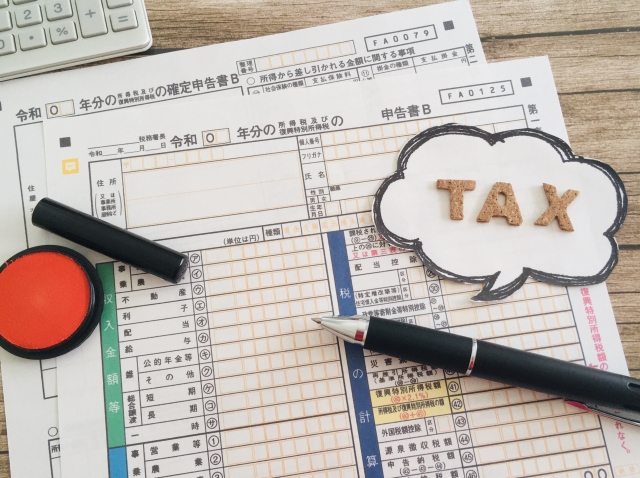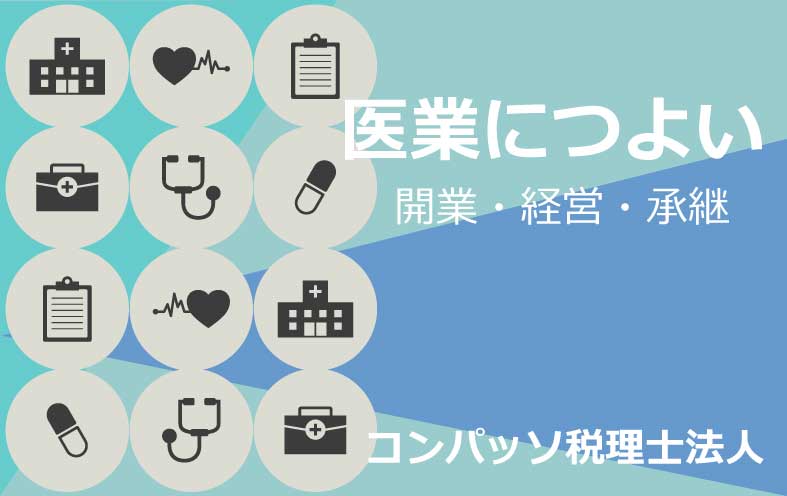
What is a “living relative”?
You may often see the words “living relatives” in tax calculations, but what image do you have of them? You may be familiar with this term from your annual year-end adjustment and tax return, but let’s take a look at it again.
The term “living relative” is used in the calculation of income tax deductions under the Income Tax Act, and the scope of application varies for physical deductions such as miscellaneous loss deduction and medical expense deduction, and personal deductions such as dependent exemption and spousal exemption. In the case of the physical deduction, the loss of property related to a living relative, etc., or fees paid on behalf of a living relative, etc. (medical expenses, insurance premiums, etc.) can be added to one’s own income deduction, and in the case of the personal deduction, the amount of income deduction increases depending on the number of living relatives.
So, what is the definition of “having a living relative”? According to the National Tax Agency’s website, it is as follows
It means to share the same daily living expenses.
Even in the case of a company employee or civil servant who lives separately from his or her family for work reasons, or a relative who lives separately for schooling or medical treatment, if (1) living expenses, school funds, or medical treatment expenses are always sent, or (2) a relative who does not live together on a daily basis lives together with another relative during leisure time for work, schooling, etc. (3) A relative who does not live with the other relative on a daily basis, but who lives with the other relative during leisure time such as working or studying, is treated as “living together”.
In summary, relatives who live in the same house are considered to be living relatives if they share the same living expenses (food and utilities) even if they work together. Also, even if they live separately due to moving out alone or living alone due to going to college, they are considered to be relatives who share the same livelihood if there is a fact that they send living expenses from the place where they moved out alone or from their parents’ home.
Finally, here are some simple examples of personal exemptions (exemption for dependents and exemption for spouse).
(1) Relationship between relatives
A family of three (father, mother, and child) living together
(2) Total income of each person
The father has a total income of 30 million yen from real estate income and miscellaneous income (pension).
The mother is unemployed and has no total income.
Mother is unemployed and has no total income ・Son is a salaried employee and has a total income of 8 million yen
In the case of such a family, since they live together in the same house, all three of them fall under the category of relatives who have the same livelihood as each other. However, in terms of income deduction (personal exemption), the father is not eligible for the spousal exemption because his total income exceeds 10 million yen, due to the revision of the spousal exemption regulations from the year 2008. On the other hand, from the child’s point of view, the mother falls under the category of a living relative and is eligible for the exemption for dependents.
Why don’t you take the opportunity of reviewing the revision of the spousal exemption (special exemption for spouse) to think about “living relatives” once again?
National TAX Agency
https://www.nta.go.jp/taxes/shiraberu/shinkoku/tebiki2017/a/03/order3/yogo/3-3_y03.htm















